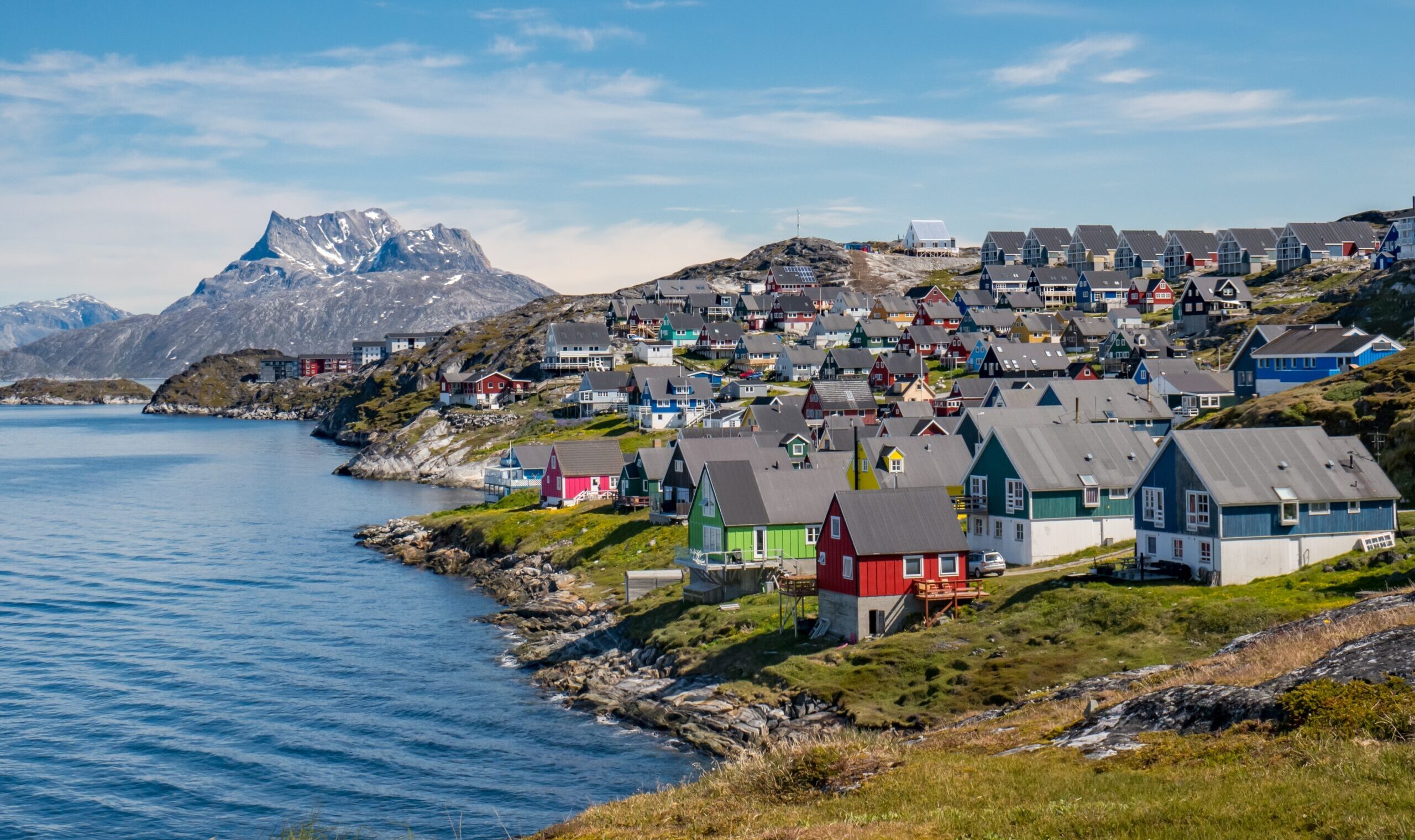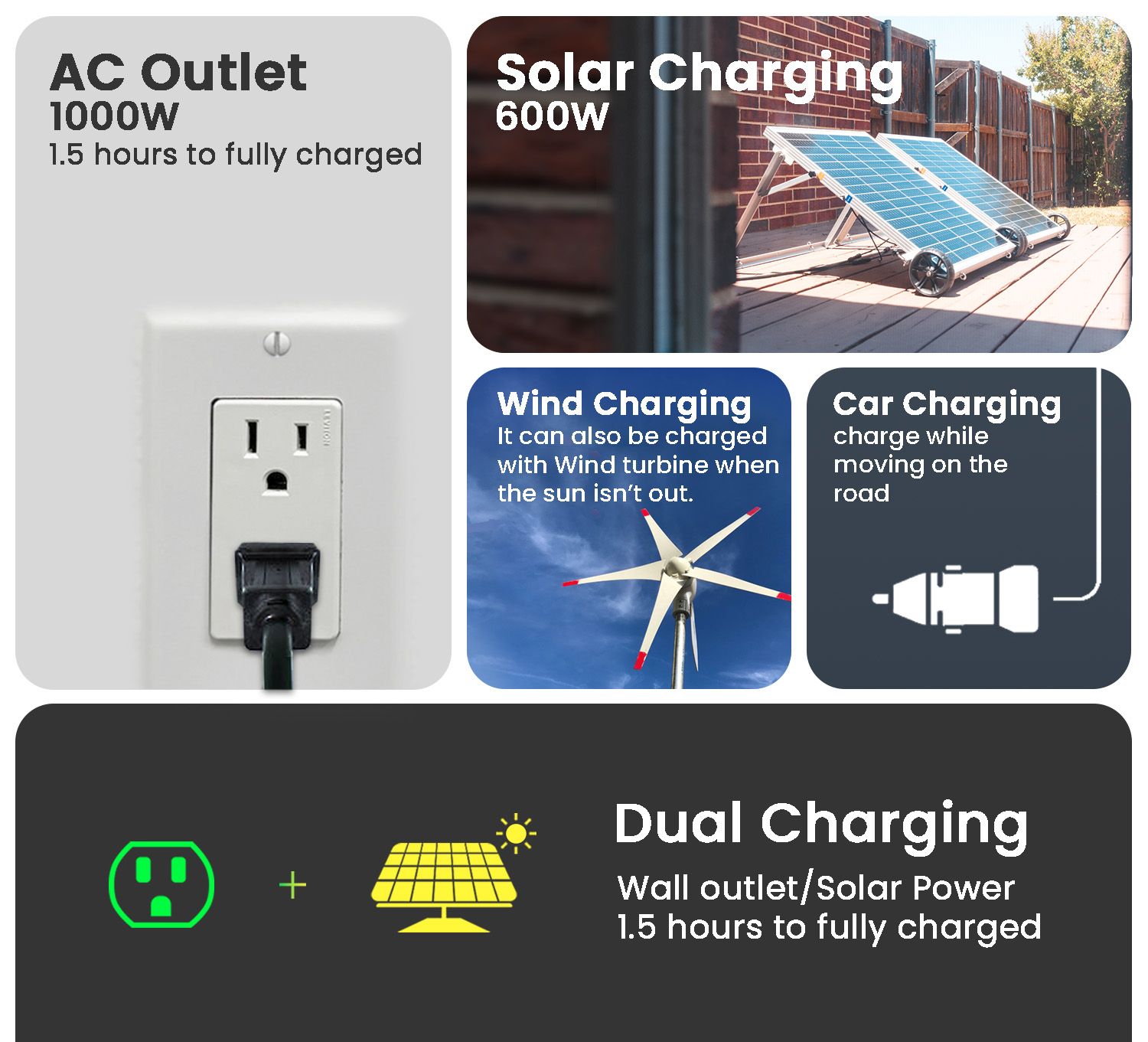The Art of the Deal Comes to Greenland
Trump has an epochal opportunity to turn the Danes’ ice wastes into gold.

This article is the first of two parts.
It’s a distinct possibility that the U.S. will gain possession of Greenland. Donald Trump wants it, and even before he is sworn in as the 47th president, his allies in Congress are acting. As to the ways and means of acquisition, J.D. Vance sketched them on January 12: “We don’t have to use military force,” he began. Nevertheless, the vice president–elect invoked power politics: “We already have troops in Greenland. Greenland is really important for America strategically.”
“My friend Donald Trump Jr. was there a couple days ago,” Vance continued. “And you know what they told him? They want to be empowered to . . . develop their resources.” Vance further stipulated, “We also want to make sure that Greenland is properly cared for from an American security perspective,” adding that the Danish government, which manages macro policy for the dependent Greenland, “has not done a good enough job.”
Lots to unpack here.
We can start by recalling this magazine’s history. Back in 2002, The American Conservative was founded, in large measure, to oppose imperialism and militarism. In that era, the Republican president, George W. Bush, was given to profoundly un-conservative pronouncements and policies. Not satisfied with open-ended declarations against the “axis of evil,” Bush sailed off higher, urging Americans to join him in hearing the “calling from beyond the stars to stand for freedom.”
To translate such skyward words into the mundane, that meant invading other countries, overthrowing their governments, and showing them the celestial way. But the admonitions were tin-eared, even if the aid itself was gold-plated—and blood-soaked.
Six months before Bush launched his presidency-defining venture, the misnamed Operation Iraqi Freedom, TAC took a stand. In its leadoff editorial on October 7, 2002, it pledged to stand athwart the onrushing folly:
We will discuss, frequently, America’s role in the world, turning a critical eye on those who want to cast aside every relevant American foreign policy tradition—from Robert Taft-style isolationism to prudent Dwight Eisenhower-style internationalism, in favor of go it alone militarism, where America threatens and bombs one nation after another, while the world looks on in increasing horror.
Yes, it was a horrible moment for America—most horrible for the GIs sent to do and die, as well as for those whom we were supposedly “helping.” (Beginning in 2004, this author was proud to be a contributor to TAC, aiding the cause of conservative normalcy.)
With that history of honorable opposition in mind, how might American conservatives regard Trump’s ideas about Greenland? We should note the hinge difference between Bush seeking to militarily conquer Iraq and transform its 27 million people, and Trump seeking to buy Greenland and stuff the pockets of its 56,000 citizens with cash.
Assuming that’s what happens, the U.S. acquisition of Greenland would be akin to the acquisition of Alaska in 1867—or to the U.S. purchase of the Virgin Islands from Denmark in 1917. That’s a huge difference from the way we gained control of another non-contiguous realm across the sea—the Philippines. After our “splendid” little victory in the Spanish–American War of 1898, we spent years in a bigger war, pacifying the Philippines, at a cost of some 4,000 American lives and more than 200,000 Filipino lives.
Trump evinces no interest in that sort of bloody imperialism. Perhaps that’s why many, if not most, Bushophile “neoconservatives” have returned to their ancestral home in the Democratic Party. And why most conservatives seem happy enough with Trump’s combination of foreign restraint, economic dynamism, and cultural anti-wokeness.
Okay, but there’s still the question, echoing Dick Cheney’s mistaken forecast on the eve of Iraq: If the U.S. enters Greenland, will we be greeted as liberators?
The ostensible answer is no—and yet in the same breath, we hear caveats and negotiation start-points. “We don’t want to be American,” says Greenland’s prime minister, Múte Egede, even as he also says, “We do not want to be Danes.”
The Wall Street Journal quoted Egede saying, “The powerful countries are getting ever more powerful, they are knocking at the door of the Arctic.” Among those powerful countries is Russia, looming fearsomely across the Arctic Circle. The Journal reports Egede “has no desire to do business with Russia,” and Egede himself says his country needs to be “more prepared”—even if he has no concrete plans as to how. So it’s no wonder, as the Journal put it, “Egede also said he wants to pursue deeper collaboration with the U.S. on defense.”
Obviously, Greenland needs a robust defense plan—which, given its meager population and pre-industrial economy, it can’t afford on its own. If we further consider defense capacity, we see that Denmark (population, less than six million) isn’t much stronger. Yes, it’s a member of the NATO defensive alliance, and yet in 2023 the Danes spent only 1.6 percent of their GDP on defense (the U.S. percentage is above three). Denmark has pledged to raise its defense-spend to two percent, but Trump now demands five percent, NATO-wide.
Will NATO members comply? That’s unclear, but in the meantime, this much we know: Geopolitics abhors a vacuum. If Europe can’t or won’t spend more on its hard power, who can say what the U.S. will do next? Trump has never been a fan of NATO and its free riders. And so, what deluge to come?
As a perhaps pertinent parallel, Europe’s weakness today begs comparison to Poland in the late 18th century. That country was so weak that it was simply partitioned, without a fight, by the surrounding powers of Austria, Prussia, and Russia.
So what could Europe do to save itself? Manning up is the obvious solution, but that seems remote. Easier might be selling off, or trading off, assets in return for continued defense. So Greenland is on the block.
It is, for sure, an underdeveloped asset that would be worth a lot more under new management. The current rulers, the Danes, whose obsession with solar and wind power has given them the most expensive electricity in the world, have run the territory in a fashion that’s one part PC paternalism, one part green Malthusianism, and one part Guardian-readership multiculturalism. No wonder Greenland suffers problems akin to an American Indian reservation: high rates of alcoholism, domestic abuse, and suicide. All this, even as Copenhagen subsidizes it to the tune of $600 million a year—that’s a fifth of Greenland’s GDP, more than $10,000 per Greenlander.
Yet Greenland should be rich. It sprawls over 836,000 square miles, waiting to be developed; it’s just larger, in fact, than Thomas Jefferson’s Louisiana Purchase. Heretofore, estimates of Greenland’s resources have mostly been in the billions range, but those numbers are surely low. Way low. Better to think in trillions.
Here’s why. A look at a map of Greenland’s known natural resources shows that they’re all on the coastline of the country. Is there something uniquely blessed about littorals? Of course not. It’s just that the explorers and extractors started in the easy places. When they get to the harder places, in the interior, they’ll find all the more riches. Yes, they’ll have to dig through a mile or more of ice, but capitalists are willing to work hard for their money. And robots can work even harder.
Close to home, we have the example of Alaska. It, too, is cold and remote, and yet it doesn’t lack for drillers, baby, drillers, all willing to brave the elements in pursuit of profitable hydrocarbons. In fact, the 49th state has struck so many oil gushers over the last half-century that its Permanent Fund Dividend provides each Alaskan—man, woman, child—with an oil-backed check. Last year, $1,702.
Speaking of oil and revenue, the soon-to-be 47th president says he wants to use much more of America’s hundreds of trillions worth of “liquid gold” to hose down the deficit and the debt; no doubt he’ll want the same for all the golds that can be pulled out of Greenland 51.
For further perspective on resource potential, we might compare Greenland to a realm about the same size, the Democratic Republic of Congo. Best estimates of the DRC’s untapped mineral wealth: $24 trillion. So how does the DRC connect to Greenland? Yes, the lands are far apart, and yet the lesson of Earth’s geography is that valuable resources are everywhere. Admittedly, they aren’t evenly distributed, and yet every place has something. In fact, the Earth, all six sextillion (21 zeroes) tons of it, consists of nothing but resources.
The key to any country’s resource potential is a copious amount of territory; once the land is in hand, so to speak, there’ll be time to find something precious underneath and then dig it, refine it, and use it.
There’s another element that’s precious these days: lithium. Since it’s valuable, capitalists are looking for it—and they’re finding plenty of it. If we google “lithium discoveries,” we find headlines of epic finds everywhere. Just in the U.S., for instance, “Massive Lithium Discovery Could Transform U.S. Energy Landscape,” and “Massive Lithium Discovery In Arkansas.”
To be sure, the U.S. has plenty of Naderite bureaucrats and NIMBY activists dedicated to stopping development. Yet the record, even during the outgoing Biden administration, shows that it’s still possible to dig and drill. And now, with Trump, it’s going to be go, baby, go. By contrast, Greenland has been genuinely smothered by its tribal/communal/liberal governance, which has choked off capital and human capital. As the same Journal article explains,
Greenland’s resources have been talked about excitedly for years, but opportunities in its mining industry haven’t materialized because it has been difficult to persuade investors to risk the capital necessary to get projects off the ground. Greenland also lacks a large number of people who could work in mining, meaning that the country would have to rely on large-scale immigration to staff the industry.
Egede says he wants to change all that, which means opening the door to can-do Americans. In fact, there’s at least some evidence, statistical and anecdotal, to indicate that we would be welcomed as riggers and entrepreneurs—and, who knows, maybe even as liberators.
For all these reasons, it’s manifest that America’s destiny should include Greenland. As Vance—whose own anti-neocon credentials are sterling—says, we don’t need force of arms; we just need the charms of prosperity and security. We have the ability to dig, drill, and otherwise develop, making Greenlanders rich and ourselves richer. If Denmark plays ball, we can make it good for them, too: A win for Americans and a vinde for Danes. Trump has always said he wants to do big deals, and this is one of the biggest. And best.
The post The Art of the Deal Comes to Greenland appeared first on The American Conservative.



